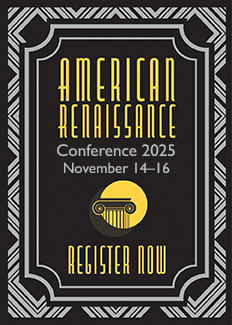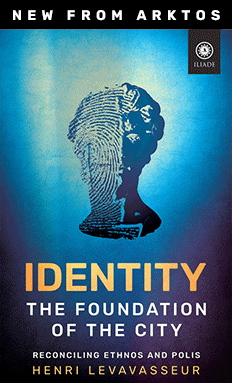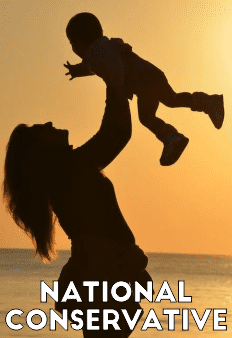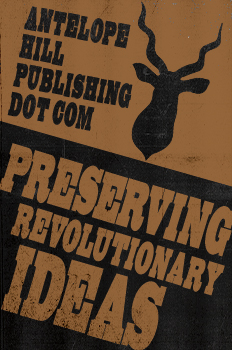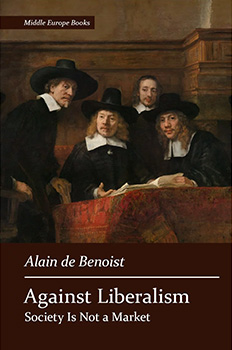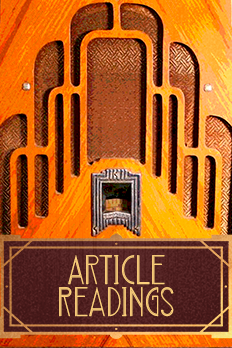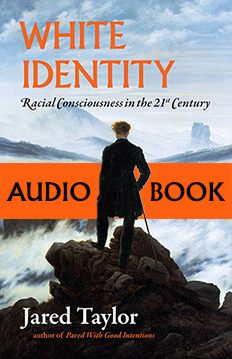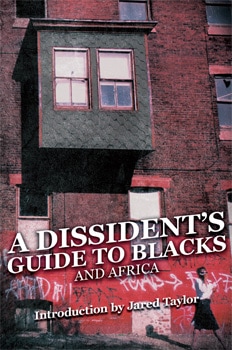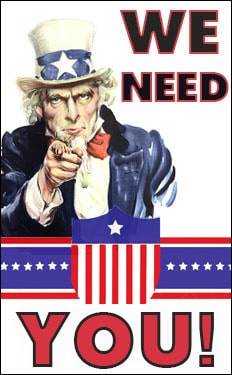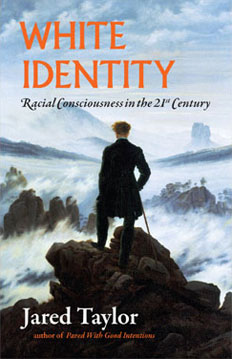South Africa’s Potential Kingmakers Struggle With White Image
Joe Bavier and Wendell Roelf, Reuters, June 2, 2024
Looking out of his window at Cape Town’s False Bay, Nick Searra acknowledges that things do work better in South Africa’s second biggest city, a stronghold of the opposition Democratic Alliance (DA).
But that doesn’t mean he is ready to see the party or its 48-year-old leader John Steenhuisen running the rest of the country.
“Imagine an old white man as the president of South Africa,” said Searra, a 44-year-old white Johannesburg native who moved to Cape Town in 2022.
In a seismic shift, voters this week dismantled the majority which the African National Congress (ANC) has held since the end of white minority rule in 1994, leaving the party of the late Nelson Mandela little choice but to seek a coalition with a major rival.
Despite their own lacklustre performance, an improvement of just one percentage point from the last vote in 2019, the DA and Steenhuisen suddenly find themselves in an unprecedented position.
The ANC remains the largest party despite the damage done by an upstart rival led by former President Jacob Zuma, and is therefore expected to retain the presidency.
But as the second biggest political force with 21.8% of votes, the DA is one of three parties with the clout to help it form a new majority and potentially shape the future of the nation.
{snip}
Yet in a country with a painful history of codified racism – apartheid – where white South Africans make up just 7% of the population, the DA is struggling to shake off an image as a party of rich whites and prove it reflects the make-up and aspirations of all.
For political analyst Melanie Verwoerd, the problem is as much ideological as racial.
Steenhuisen, a champion of economic liberalism, has vowed to end a racial quota system for employers established by the ANC to redress decades of apartheid discrimination and wants to loosen labour laws.
And, in a country of 62 million people where 24 million survive on welfare, he is pushing for a smaller role for government.
“I don’t believe that they set out to be a party of white privilege,” said Verwoerd. “But they end up being that.”
{snip}
When Phumzile Van Damme joined the DA, she thought she’d found a political home.
{snip}
{snip} “The messaging was really about building a home for all South Africans.”
For a while at least, it looked as if things were heading in the right direction, she said. That changed after a disappointing 2019 election in which the DA lost a portion of white Afrikaans-speaking voters.
“There was a fear of all these Black people coming in … Look at how much they’re changing the party,” Van Damme said.
{snip}
Helen Zille, another senior leader, pointed to the DA’s 452 Black public representatives as proof of its commitment to inclusion.
Seven of the 13-member national leadership, however, are white, including Zille who was once suspended from the party for writing on Twitter that the legacy of colonialism was not entirely negative. Zille, once a prominent anti-apartheid journalist, later apologised for the comments.
{snip}





